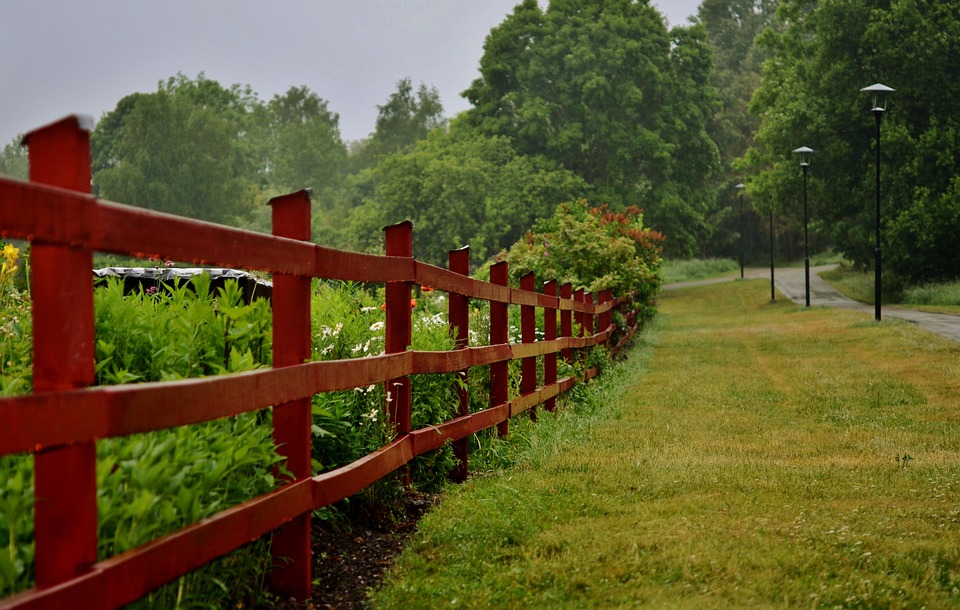Overview of A Cooler Climate
A Cooler Climate is a poignant documentary film directed by James Ivory and Giles Gardner, which delves into themes of memory, resilience, and human connection. Released in 2022, the film showcases Ivory’s reflections on his youthful journey to Afghanistan in 1960, where he captured vibrant footage that remained unseen for over six decades. This retrospective not only highlights Ivory’s personal growth but also serves as a cultural portrait of Afghanistan prior to its political upheaval.
The Plot and Premise of A Cooler Climate
The documentary is set against the backdrop of Afghanistan during the 1960s, a time characterized by relative peace and cultural richness. Ivory revisits his past experiences through the lens of footage he shot during his travels, providing viewers with a unique glimpse into Afghan culture and landscapes before the onset of conflict. The film intertwines these historical visuals with Ivory’s personal narrative, exploring how his youthful adventures shaped his identity as a filmmaker.
James Ivory’s Personal Journey
As Ivory reflects on his past, the film captures his self-discovery and the contrast between his youthful optimism and the realities of his later life. The documentary allows audiences to witness a younger version of Ivory, offering insights into how his experiences in Afghanistan influenced both his personal life and artistic vision. This exploration reveals the complexities of growing up as a gay man in mid-20th century America, juxtaposed against the liberating yet daunting experiences he faced abroad.
Themes and Visual Storytelling
– Memory and Nostalgia: The film emphasizes the power of nostalgia as Ivory reminisces about his travels, capturing the spirit of exploration that defined his youth.
– Cultural Portrait of Afghanistan: Through stunning archival footage, A Cooler Climate presents Afghanistan’s beauty and traditions, showcasing daily life in a country that has since undergone drastic changes.
– The Passage of Time: The documentary serves as a “time capsule,” illustrating how both people and places evolve over time. Ivory’s reflections highlight the stark contrasts between the past and present realities of Afghanistan.
The Impact of A Cooler Climate
The film has been well-received by audiences and critics alike, noted for its emotional depth and historical significance. It contributes to a broader understanding of Afghanistan’s rich cultural heritage and its tumultuous evolution over the decades. Ivory’s legacy as a storyteller is further cemented through this work, inviting viewers to reflect on their own connections to history and memory.
The Making of the Documentary
Creating A Cooler Climate involved restoring old footage and blending it with contemporary insights from Ivory. The collaboration between Ivory and Gardner was crucial in crafting a narrative that balances personal storytelling with cultural documentation. The process was not without challenges, particularly in ensuring that the documentary resonated with both historical accuracy and personal authenticity.
FAQs
– What inspired James Ivory to make A Cooler Climate?
Ivory was motivated by a desire to revisit the footage he shot in 1960 and share insights from his youth, reflecting on how those experiences shaped him.
– What type of footage is featured in A Cooler Climate?
The film features vibrant color footage shot by Ivory during his travels in Afghanistan, capturing various aspects of Afghan life and landscapes.
– How does the film portray Afghanistan in the 1960s?
It presents a culturally rich and peaceful Afghanistan, contrasting sharply with its later conflicts.
– Is A Cooler Climate available for streaming?
Availability may vary; check popular streaming platforms for access.
– How long is the documentary?
The runtime is approximately 72 minutes.
– What themes does A Cooler Climate explore?
Key themes include memory, nostalgia, cultural identity, and the impact of time on places and people.
– Why is the documentary significant today?
It offers valuable insights into a lost world while prompting discussions about cultural heritage amidst ongoing global changes.
– What is the role of nostalgia in the film?
Nostalgia serves as a lens through which Ivory reflects on his past, shaping both his narrative style and emotional resonance throughout the documentary.
Conclusion
A Cooler Climate stands as a moving exploration of memory, place, and self-reflection. Through James Ivory’s lens, it preserves a unique cultural moment while reinforcing his legacy as an influential filmmaker. This documentary invites viewers to engage with past perspectives to enrich their understanding of present experiences.

Kyle Whyte is a notable scholar and professor at the University of Michigan, holding positions such as the George Willis Pack Professor in the School for Environment and Sustainability and Professor of Philosophy. Specializing in environmental justice, his work critically examines climate policy and Indigenous peoples’ ethics, emphasizing the nexus between cooperative scientific endeavors and Indigenous justice. As an enrolled Citizen Potawatomi Nation member, he brings a vital perspective to his roles as a U.S. Science Envoy and member of the White House Environmental Justice Advisory Council. His influential research is supported by various prestigious organizations including the National Science Foundation, and disseminated through publications in high-impact journals. Kyle actively contributes to global Indigenous research methodologies and education, with affiliations to numerous institutes and societies dedicated to traditional knowledge and sustainability. Recognized for his academic and community engagement, Kyle has earned multiple awards and served in various visiting professorships. His efforts extend to leadership positions on boards and committees focused on environmental justice nationwide.
